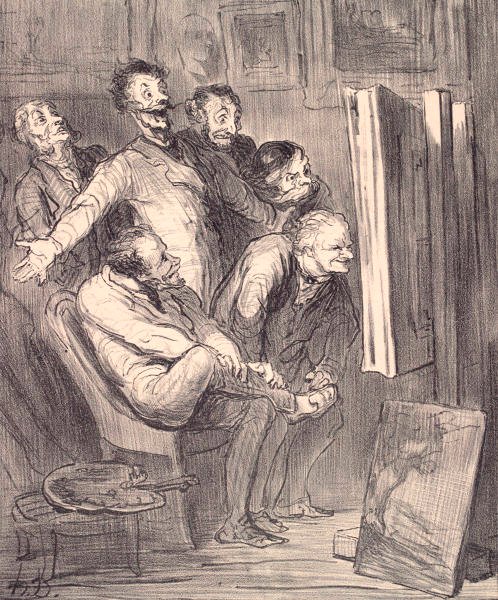Studio Matters began as a companion to my columns for the culture desk of The New York Sun in its brief reincarnation as a print edition. I often miss my weblog’s original mandate.
At the time, The Sun ran the best arts coverage in New York City. A small troupe of us covered visual arts for the culture desk under the heading “Gallery Going.”
Journalistic art criticism has been with us since the Mercure de France published the first criticism of a Paris Salon in 1738. Continue Reading




